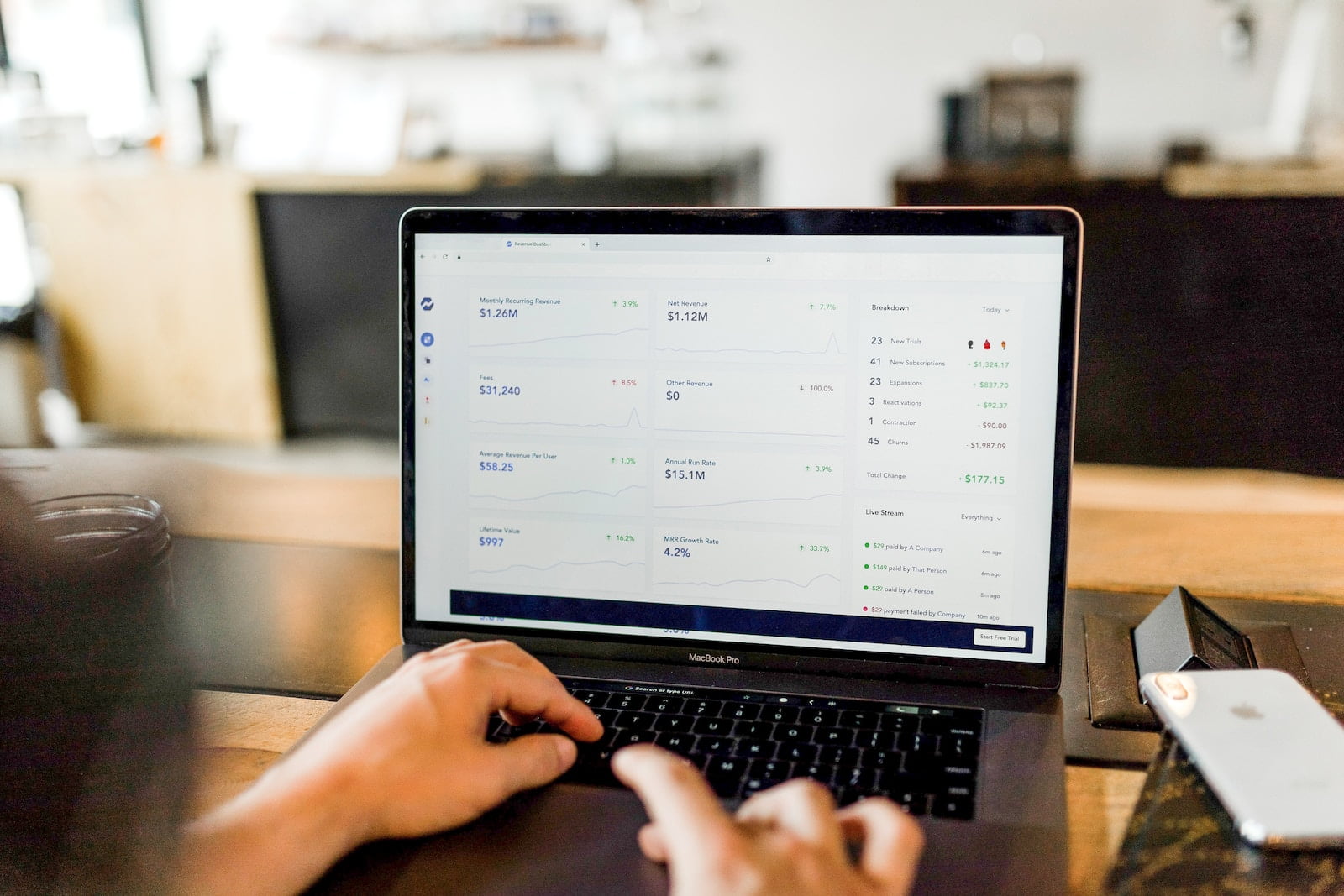In today’s rapidly evolving financial landscape, technology plays a pivotal role in driving innovation, efficiency, and accessibility. SDK (Software Development Kit) trading is a powerful tool that empowers developers to create innovative solutions for the financial industry. This article explores the concept of SDK trading and how it is reshaping the financial world.
Chapter 1: Understanding SDK Trading
What is SDK Trading?: Define SDK trading and explain its role in enabling developers to build trading applications and tools.
Benefits of SDK Trading: Highlight the advantages of using SDKs for developers, including access to market data, trading functionality, and customization options.
Chapter 2: Building Trading Applications
SDK Integration: Explain how developers can integrate SDKs into their trading applications, allowing them to access real-time market data and execute trades.
Customization: Discuss the customization options available through SDKs, enabling developers to tailor trading apps to specific needs.
Chapter 3: Algorithmic and Automated Trading
Algorithmic Trading: Explore how SDKs facilitate algorithmic trading by providing access to historical data, technical indicators, and order execution.
Automated Trading: Highlight the role of SDKs in automating trading strategies and the execution of trades without manual intervention.
Chapter 4: Access to Financial Markets
Market Connectivity: Explain how SDKs provide developers with connectivity to various financial markets, including stocks, forex, commodities, and cryptocurrencies.
Order Routing: Discuss how SDKs enable order routing to multiple liquidity providers, ensuring the best execution for traders.
Chapter 5: Risk Management and Compliance
Risk Mitigation: Describe how SDKs include risk management tools, such as position monitoring, stop-loss, and take-profit orders, to protect traders from losses.
Regulatory Compliance: Discuss how SDKs assist developers in ensuring their trading applications adhere to regulatory requirements and standards.
Chapter 6: Real-Time Analytics
Data Analytics: Explain how SDKs offer real-time analytics and reporting features, allowing traders to make data-driven decisions.
Technical Indicators: Highlight the availability of technical indicators for developers to incorporate into trading applications.
Chapter 7: Security and Reliability
Security Measures: Emphasize the importance of security features within SDKs, including data encryption and authentication, to protect sensitive financial information.
Reliability: Discuss the reliability of SDK trading in terms of uptime, redundancy, and failover mechanisms.
Chapter 8: The Future of SDK Trading
Emerging Technologies: Explore how emerging technologies like blockchain and AI are being integrated into SDK trading to further enhance capabilities.
Expanded Asset Classes: Discuss the potential for SDK trading to expand into new asset classes and markets.
Chapter 9: Building with SDKs
Getting Started: Provide resources and guidance for developers interested in starting their journey with SDK trading.
Case Studies: Showcase real-world examples of successful trading applications built using SDKs.
Conclusion: SDK trading has emerged as a driving force in the financial industry, enabling developers to create innovative solutions that enhance trading capabilities, improve risk management, and ensure regulatory compliance. As technology continues to advance, the role of SDKs in the financial world is poised to expand, offering developers new opportunities to shape the future of finance. By empowering developers, SDK trading is fostering a culture of innovation and adaptability that is revolutionizing how we interact with and participate in the global financial markets.

+ There are no comments
Add yours